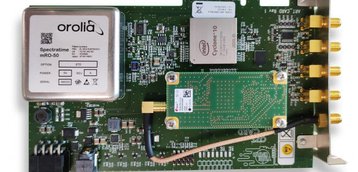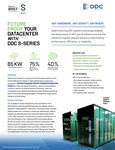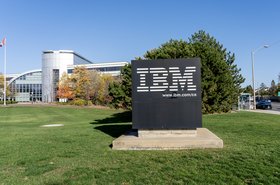Meta is to use time cards from Orolia, powered by atomic clocks, to synchronize its data centers. The cards meet an open-source time protocol and an open-source design created by Meta/Facebook.
Meta and Orolia updated the Facebook card design, so its Atomic Reference Time (ART) cards feature Orolia's mRO-50 mini rubidium atomic clock. The cards were developed in collaboration with Meta's engineers, as part of an open-source project, kicked off by Facebook, designed to improve synchronization in data centers.
Using these cards, Meta is improving the synchronization of its data centers to below 100 microseconds.
Timing is everything
“We are honored to have this opportunity to collaborate with Meta’s incredibly talented team of engineers,” said Jean-Yves Courtois, Orolia CEO. “We look forward to a continuing partnership with Meta and other global network leaders working to advance solutions to ensure ongoing timing accuracy and resilience.”
In March 2020, Facebook began switching its data center servers and consumer products to a timekeeping service based on the Internet's Network Time Protocol (NTP), using global GNSS navigation and increasing the accuracy of timekeeping on Facebook's infrastructure 100-fold, from 10 milliseconds to 100 microseconds.
In August 2021, Facebook showed a custom PCI Express card it had built, and shared with the Time Appliance Project (TAP); an initiative within the Open Compute Project (OCP), which develops open-source hardware and software for data centers.
TAP is developing hardware and software from scratch, and sharing the results on GitHub. The Orolia ART Card was built based on the Facebook blueprints.
"Meta introduced the Time Card and we are still using it in our fleet," said a Meta spokesman. "As part of our open-source effort and contribution to the community we have been helping other vendors to build based on the blueprint of the time card. Orolia’s ART2 Time card was built based on our Time Card with the take of Orolia’s engineers to use different hardware to reach the same goal. This allows us to have a diverse supply chain which has been in more importance recently."




